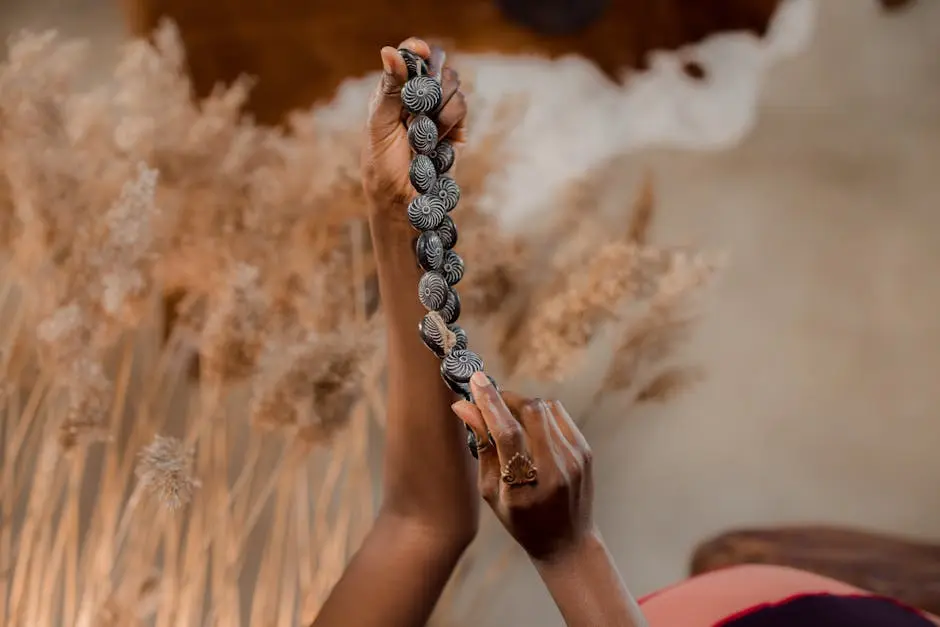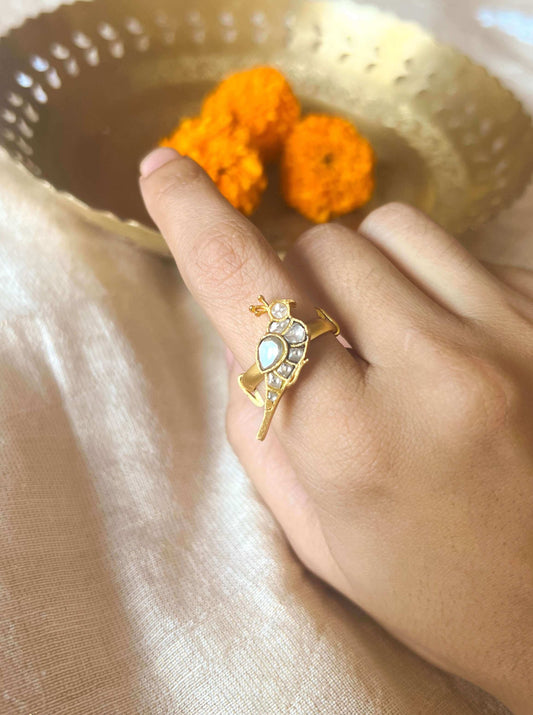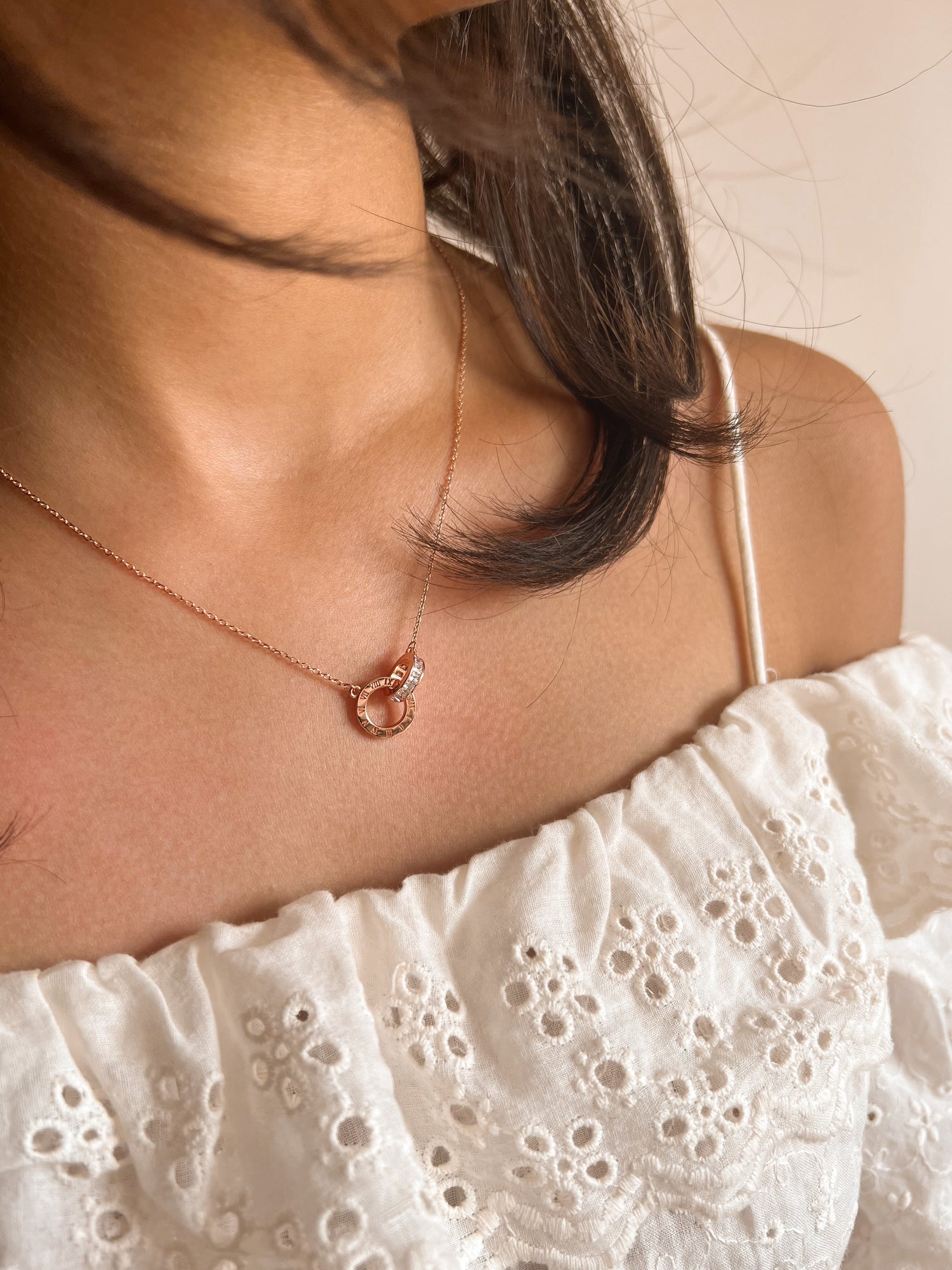Cultural necklaces have been cherished throughout history, serving as symbols of identity, heritage, and artistry. As society evolves, so do the meanings and styles of these intricate adornments. In this blog, we’ll explore the fascinating journey of cultural necklaces from their traditional roots to their place as contemporary fashion trends.
The Historical Significance of Cultural Necklaces
Cultural necklaces have long been treasured as markers of identity and tradition across various societies. These pieces often hold deep spiritual or societal significance, passed down through generations as cherished heirlooms. Cultural necklaces can tell the story of a people, their values, and their aesthetics. From the elaborate beaded necklaces of the Maasai in Eastern Africa to the intricate metalwork in traditional Indian jewelry, each piece offers a glimpse into the traditions and historical narratives of the culture it represents. As each generation inherits these symbols, they enrich their ancestral stories, keeping them alive within the woven threads or sculpted metals of these artifacts.
The significance of cultural necklaces is deeply interwoven with the identities of the communities that craft them. They serve not only as adornments but as enduring symbols of lineage and heritage. For example, the Maasai people are renowned for their colorful beaded necklaces. These pieces not only enhance physical appearance but also indicate social standing, age, and marital status. Such necklaces are more than mere accessories; they are embodiments of cultural heritage and expressions of communal identity. In societies where oral tradition takes precedence over written history, these necklaces serve as physical records of lineage and cultural changes over centuries.
Materials and Craftsmanship: A Blend of Art and Culture
The materials used in cultural necklaces vary widely, ranging from precious metals to natural elements like beads and stones. The craftsmanship showcases unique cultural artistry, with traditional techniques being preserved and celebrated. For instance, in regions such as South Asia, the artistry in necklaces is evident through the intricate Kundan work, which involves setting gemstones in gold foil. Similarly, the turquoise necklaces of the Native American tribes of the Southwest carry immense spiritual significance and are crafted with meticulous care to reflect the unique landscapes and cultural beliefs of the tribes.
Artisans who create cultural necklaces bring forth their history and skill, using materials like silver, coral, and amber, each chosen for its unique properties and cultural significance. These materials are not just valuable in physical terms but are symbolic of tradition and storytelling. The elaborate designs often take countless hours to perfect, requiring skills that are handed down through generations. In addition to their aesthetic appeal, the techniques used in crafting these necklaces are testaments to human ingenuity and cultural legacy, illustrating how art and functionality can be seamlessly pined together.
The Transition to Modern Fashion
As fashion evolves, cultural necklaces have found their way into modern wardrobes. Designers have begun incorporating traditional elements into contemporary styles, creating pieces that are both fashionable and culturally meaningful. This blend of tradition with modernity can be seen on runways around the world where classic designs are reinvented to appeal to a broader audience. The interest in sustainable and culturally-conscious fashion has also driven this trend, as wearers look for pieces that reflect both craftsmanship and personal stories. This intriguing blend has allowed cultural necklaces to be both a statement of fashion and a nod to heritage in today’s fashion landscape.
Many modern fashion designers are drawing inspiration from traditional necklaces, creating a fascinating fusion between ancient techniques and contemporary styles. High-end fashion houses are increasingly featuring traditional necklace designs in their collections, recognizing the timeless appeal of cultural craftsmanship. This shift is more than just a trend; it reflects a growing appreciation for cultural heritage and an embrace of diverse aesthetics. As cultural necklaces make their appearances in the fashion industry, they not only serve as eye-catching accessories but also as conversation starters, encouraging a dialogue about the preservation of cultural heritage in a rapidly globalizing world.
Celebrity Influence and Popular Culture
Celebrities and influencers have played a significant role in popularizing cultural necklaces. By wearing these striking pieces, they are bringing global attention to traditional designs and inspiring a new wave of fashion enthusiasts. Many celebrities, when attending global events or red carpet functions, choose to wear cultural necklaces to make a statement about diversity and inclusivity. This phenomenon has sparked a broader interest in cultural jewelry, contributing to its revival in pop culture. In doing so, they not only celebrate the beauty and craftsmanship of these pieces but also promote cultural awareness and understanding.
The influence of celebrities in the world of fashion cannot be understated. By choosing to wear cultural necklaces, they affect trends and consumer interests on a global scale. This influence also highlights the narratives embodied in these necklaces, which are often explored in greater depth in media coverage that extends the reach of cultural stories well beyond their point of origin. Through their platforms, celebrities offer these necklaces exposure, demonstrating that fashion and culture are extravagantly intertwined in a modern narrative that embraces diversity and acknowledges the past with reverence and respect.
Preserving Heritage in a Changing World
Despite their rise in popularity as fashion statements, cultural necklaces continue to serve as important symbols of heritage. Many people wear them to honor their ancestors and preserve cultural traditions in an ever-changing world. Wearing these necklaces can be seen as a form of resistance against the erasure of culture and as an affirmation of identity. It celebrates the uniqueness of cultures that have historically been marginalized or overlooked. By keeping these traditions alive through adornment, individuals can connect with a broader community that values cultural diversity and acknowledges the multifaceted identities that form part of the global tapestry.
Cultural necklaces serve as vital conduits of history, connecting the past with the present. As societies progress and change, these necklaces provide a continuity that offers solace and identity in times of cultural transformation. They remind wearers and viewers alike of the enduring beauty and relevance of traditions. In a world where globalization often leads to cultural homogenization, the increasing appreciation and adaptation of cultural necklaces provide an encouraging sign of a collective effort to preserve diverse histories and legacies. These adornments become carriers of history, whispering tales of the past into the hearts of the present generation.
Connecting Heritage with Modernity
Cultural necklaces have gracefully transitioned from being mere symbols of tradition to becoming celebrated fashion trends. They continue to carry cultural significance while also adapting to modern aesthetics, proving that style and history can coexist beautifully. Whether worn for their traditional symbolism or as a chic accessory, these necklaces carry stories and heritage that connect us to generations past and present. Visit our homepage to explore more about how tradition meets modernity in today’s fashion.





